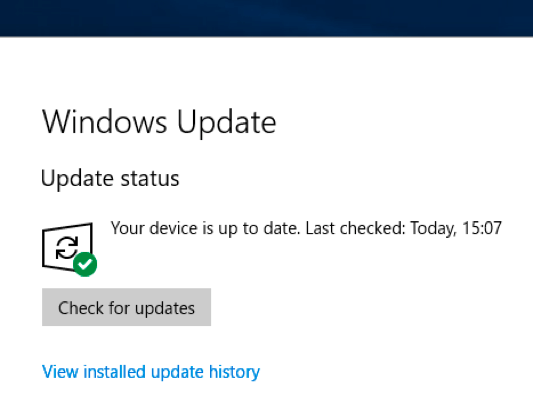crpe32_res_sk.dll is considered a type of Dynamic Link Library (DLL) file. Dynamic Link Library files, like crpe32_res_sk.dll, are essentially a "guide book" that stores information and instructions for executable (EXE) files - like AppInstaller.exe - to follow. These files were created so that multiple programs (eg. inFlow Inventory) could share the same crpe32_res_sk.dll file, saving valuable memory allocation, therefore making your computer run more efficiently.
Unfortunately, what makes DLL files so convenient and efficient, also makes them extremely vulnerable to problems. If something happens to a shared DLL file, either it goes missing or gets corrupted in some way, it can generate a "runtime" error message. Runtime is pretty self-explanatory; it means that these errors are triggered when crpe32_res_sk.dll is attempted to be loaded either when inFlow Inventory is starting up, or in some cases already running. Some of the most common crpe32_res_sk.dll errors include:
- Access Violation at address - crpe32_res_sk.dll.
- crpe32_res_sk.dll could not be found.
- Cannot find C:\Program Files (x86)\SAP BusinessObjects\Crystal Reports for .NET Framework 4.0\Common\SAP BusinessObjects Enterprise XI 4.0\win64_x64\crpe32_res_sk.dll.
- Cannot register crpe32_res_sk.dll.
- Cannot start inFlow Inventory. A required component is missing: crpe32_res_sk.dll. Please install inFlow Inventory again.
- Failed to load crpe32_res_sk.dll.
- The application has failed to start because crpe32_res_sk.dll was not found.
- The file crpe32_res_sk.dll is missing or corrupt.
- This application failed to start because crpe32_res_sk.dll was not found. Re-installing the application may fix this problem.
Your crpe32_res_sk.dll file could be missing due to accidental deletion, uninstalled as a shared file of another program (shared with inFlow Inventory), or deleted by a malware infection. Furthermore, crpe32_res_sk.dll file corruption could be caused from a power outage when loading inFlow Inventory, system crash while loading crpe32_res_sk.dll, bad sectors on your storage media (usually your primary hard drive), or quite commonly, a malware infection. Thus, it's critical to make sure your anti-virus is kept up-to-date and scanning regularly.









